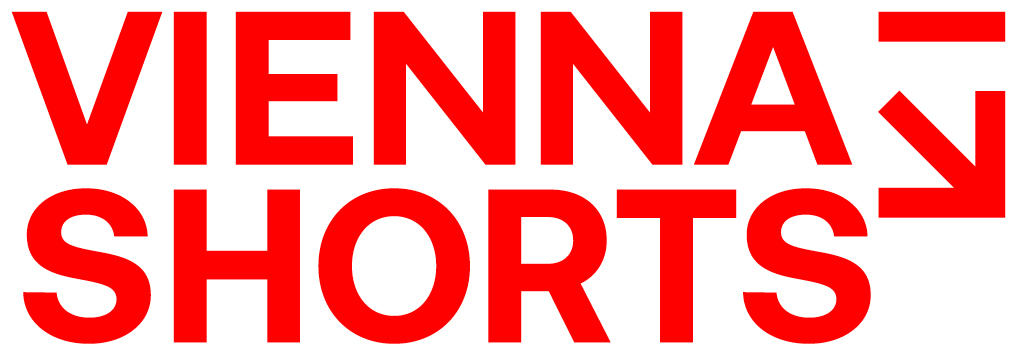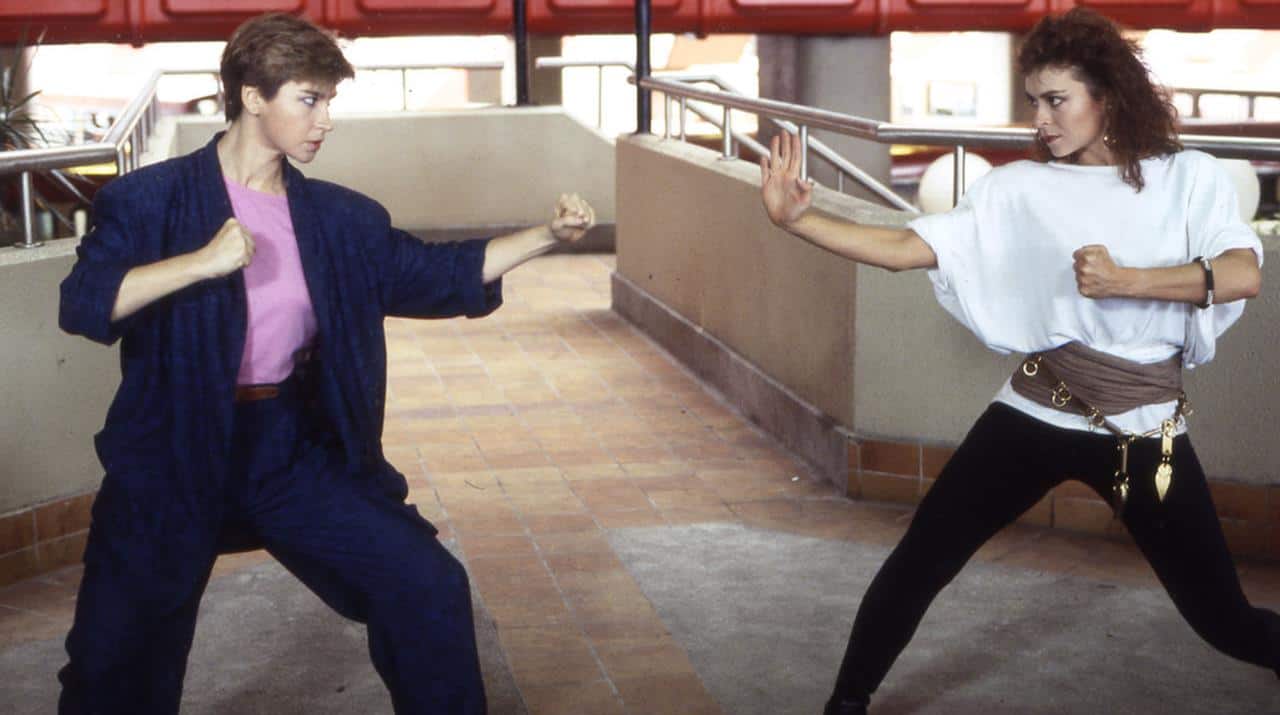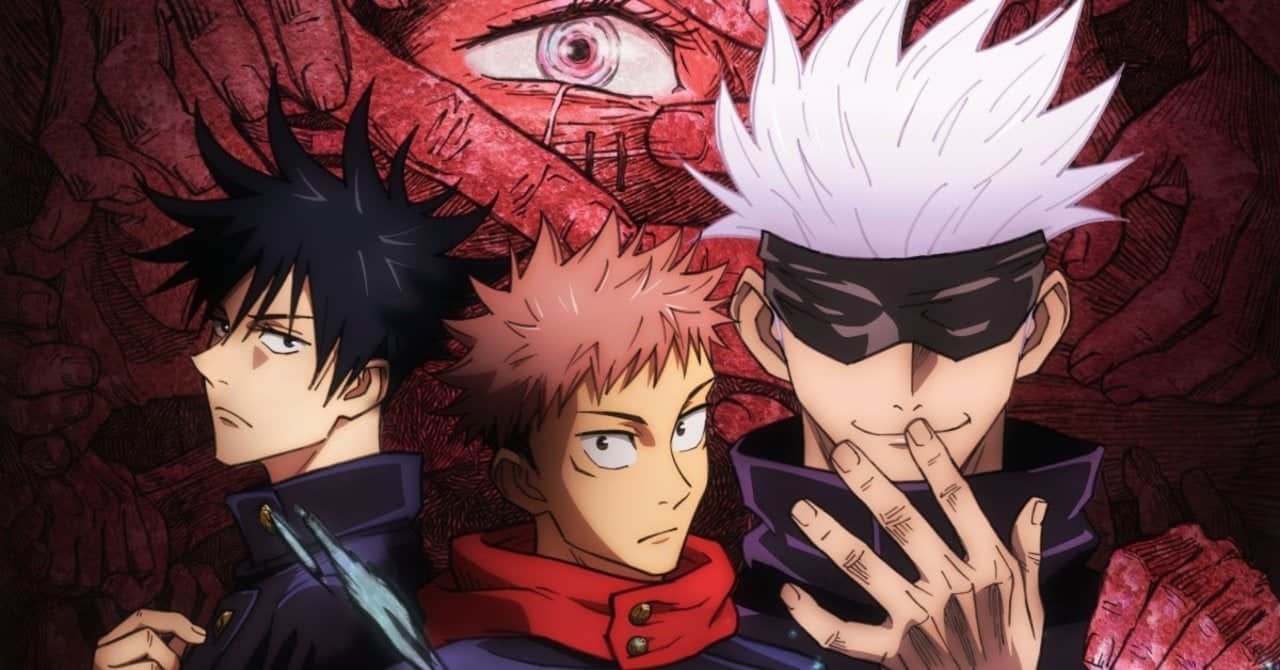A study of the past is necessary to understand the present and show the possible future of a culture or a nation. What is the foundation of historic research is often tough to come by, especially in countries whose past is defined by political upheavals, censorship and persecution, as well as the leading party's need to “correct” the nation's narrative to make it meet its own. In a country such as Myanmar, the aforementioned study becomes something close to detective work as we will have to watch closely for clues. Yangon, former capital of the country, serves as the core of Prapat Jiwarangsan's documentary short as he explores traces of Myanmar's colonial past and how it was treated by the government after 1948, focusing on three institutions to find clues.
“Myanmar Anatomy” is screening at Vienna Shorts

Yangon Zoological Garden, Yangon Circle Railway and the Drug Elimination Museum are the focal point of this blend of documentary and essay. Jiwarangsan adds accounts of Myanmar activists and their struggle during the coups as well as their conflicts with the authorities which made it necessary for them to flee the country. Also, the images from the three locations are altered, using various illustrations of animals, their anatomy, their muscles and blood circulation, as well as various color filters. The effect is often remindful of a museum installation, but at the same time, especially in combination with the other elements, enlightening for the viewer, give more context to the scenes.
While the director has most certainly looked closely at the images, we are asked to do the same. Each scene, specifically those enriched by the aforementioned elements, becomes a symbol for the oppression during colonial rule, while it also holds a more current meaning, about censorship, the extent of government propaganda and the status of democracy in Myanmar. The animals exhibited in the Zoological Garden, to name one example, are seen as educational on the one hand and as symbols of rebellion on the other, as the British decimated some of them to present their superiority. Even today these ideas are still present, with the current government offering either no context or one which serves its own ideological goals. Jiwarangsan exposes these meanings, making his feature a convincing portrayal of the subtle ways of censorship and propaganda.
“Myanmar Anatomy” is, as the title suggests, an exploration of the political inner workings within the country, focusing on censorship and propaganda. Prapat Jiwarangsan offers a very detailed and enlightening look at presentations of the past, how they have been altered and arranged to emphasize ideology and power hierarchies.













